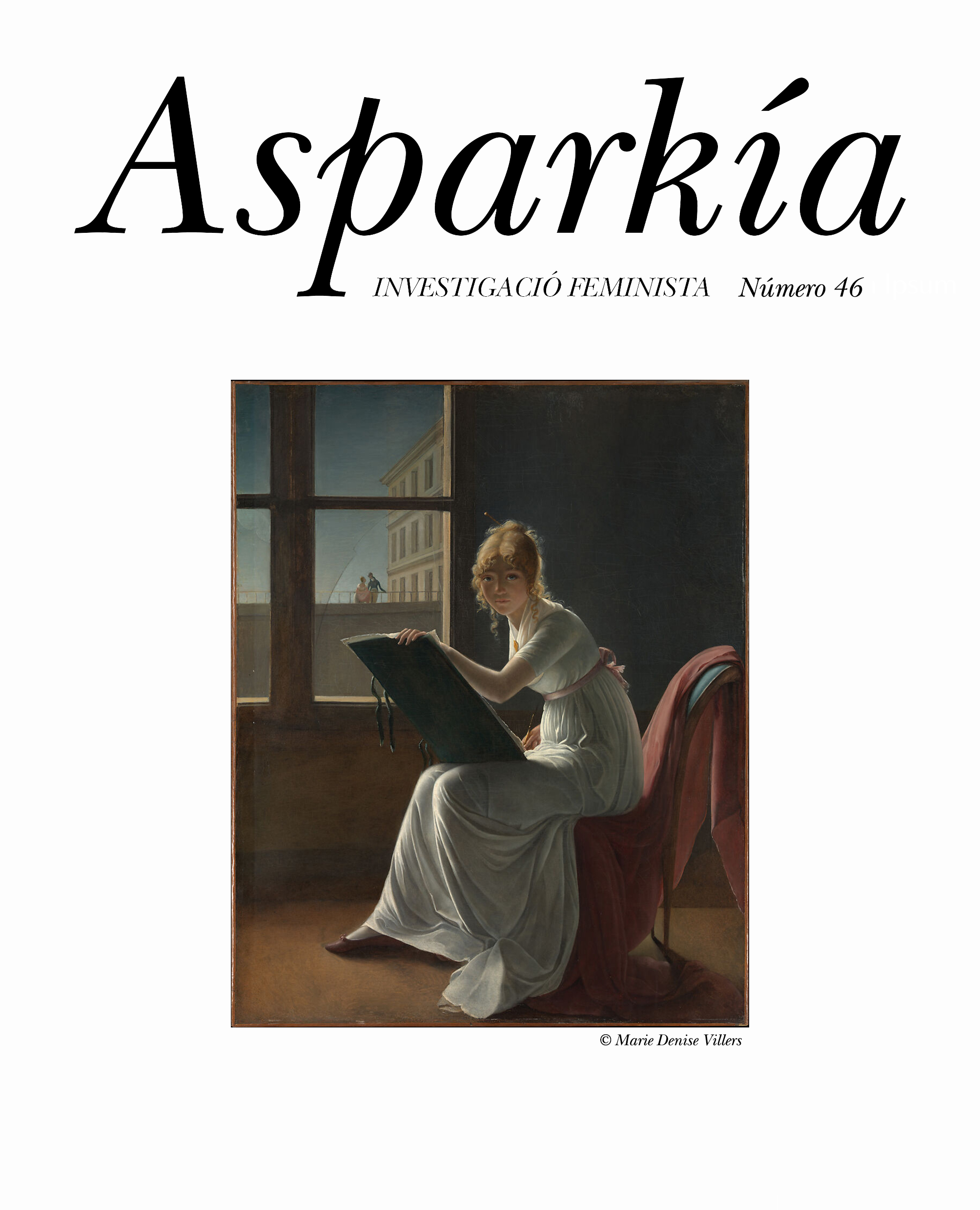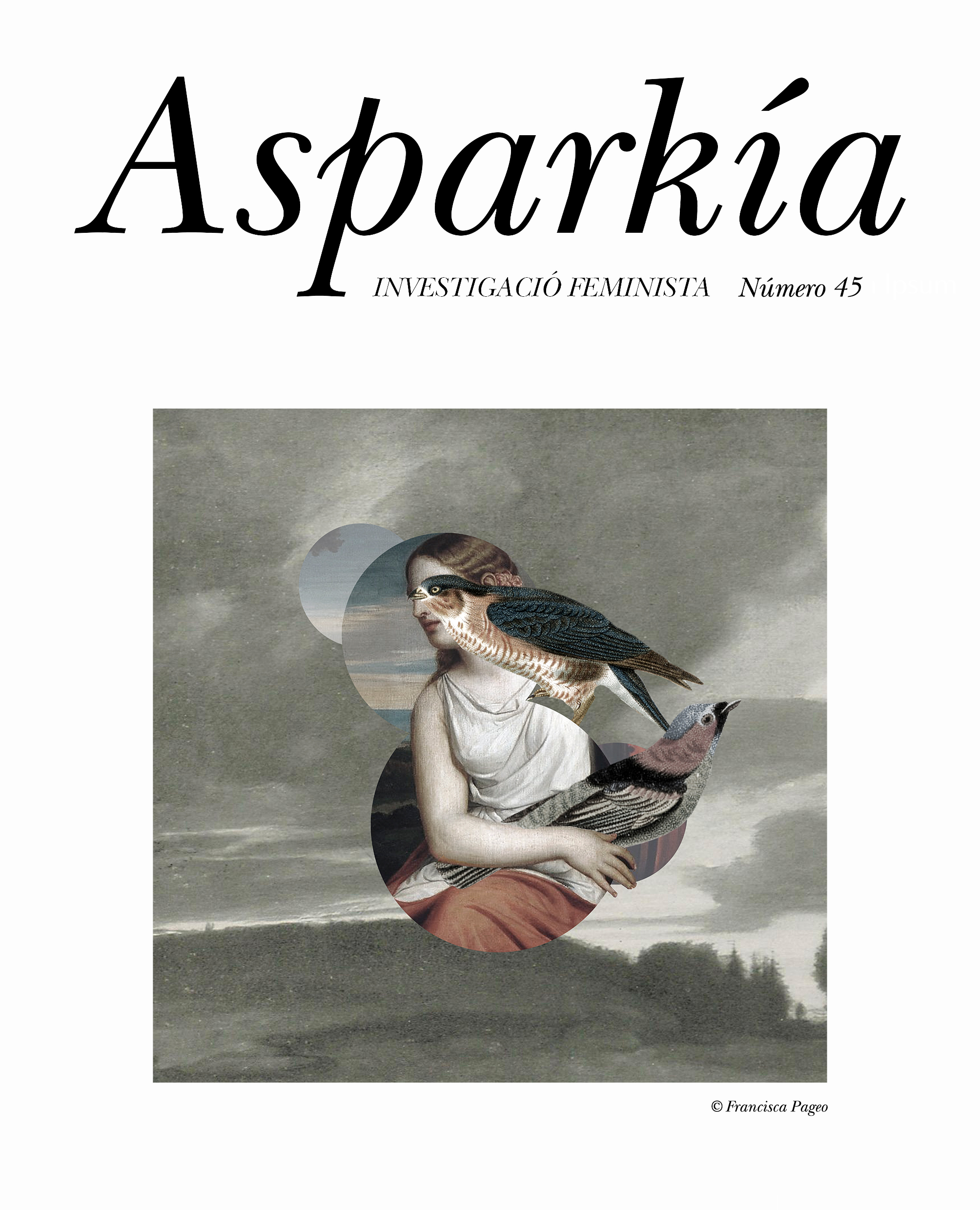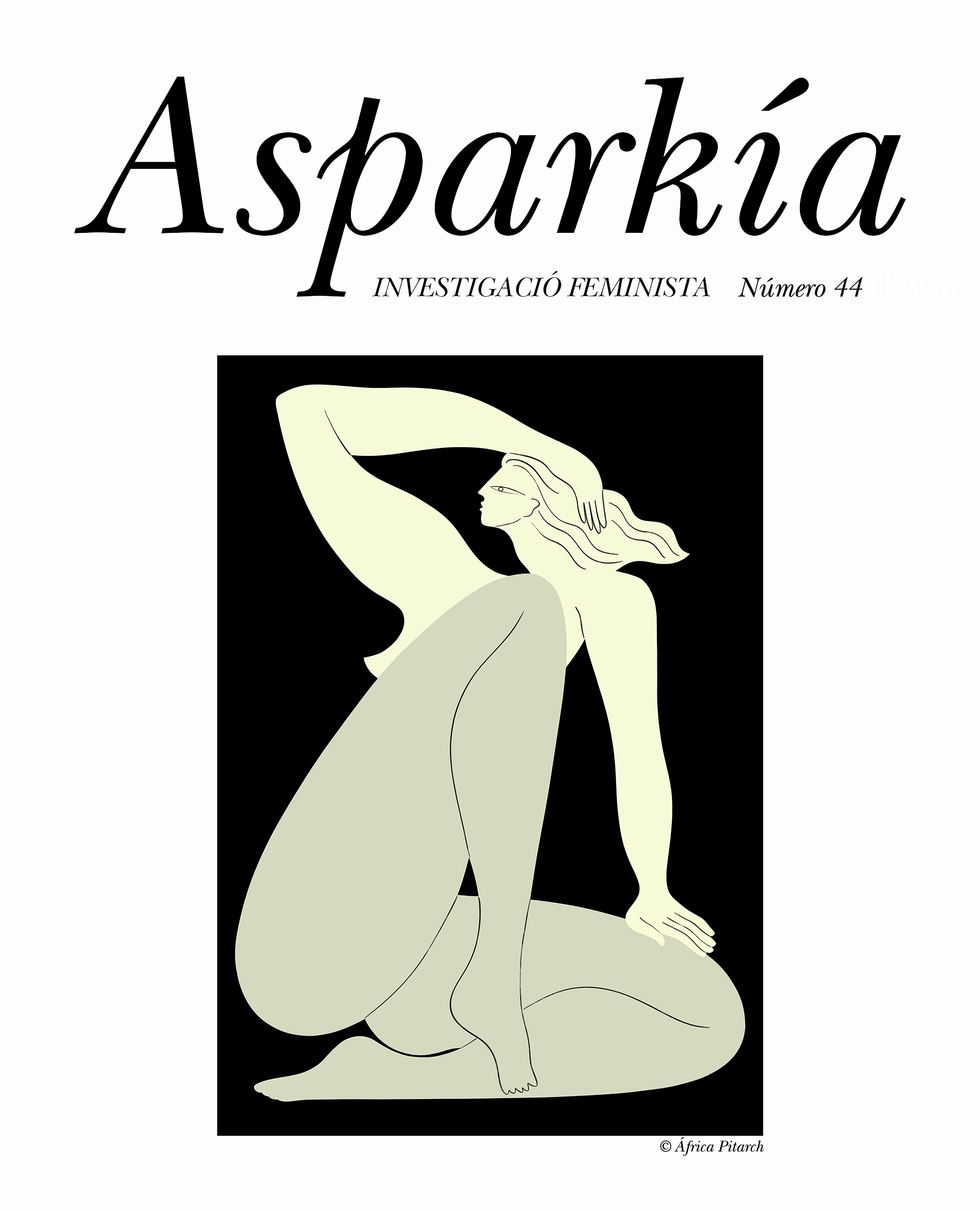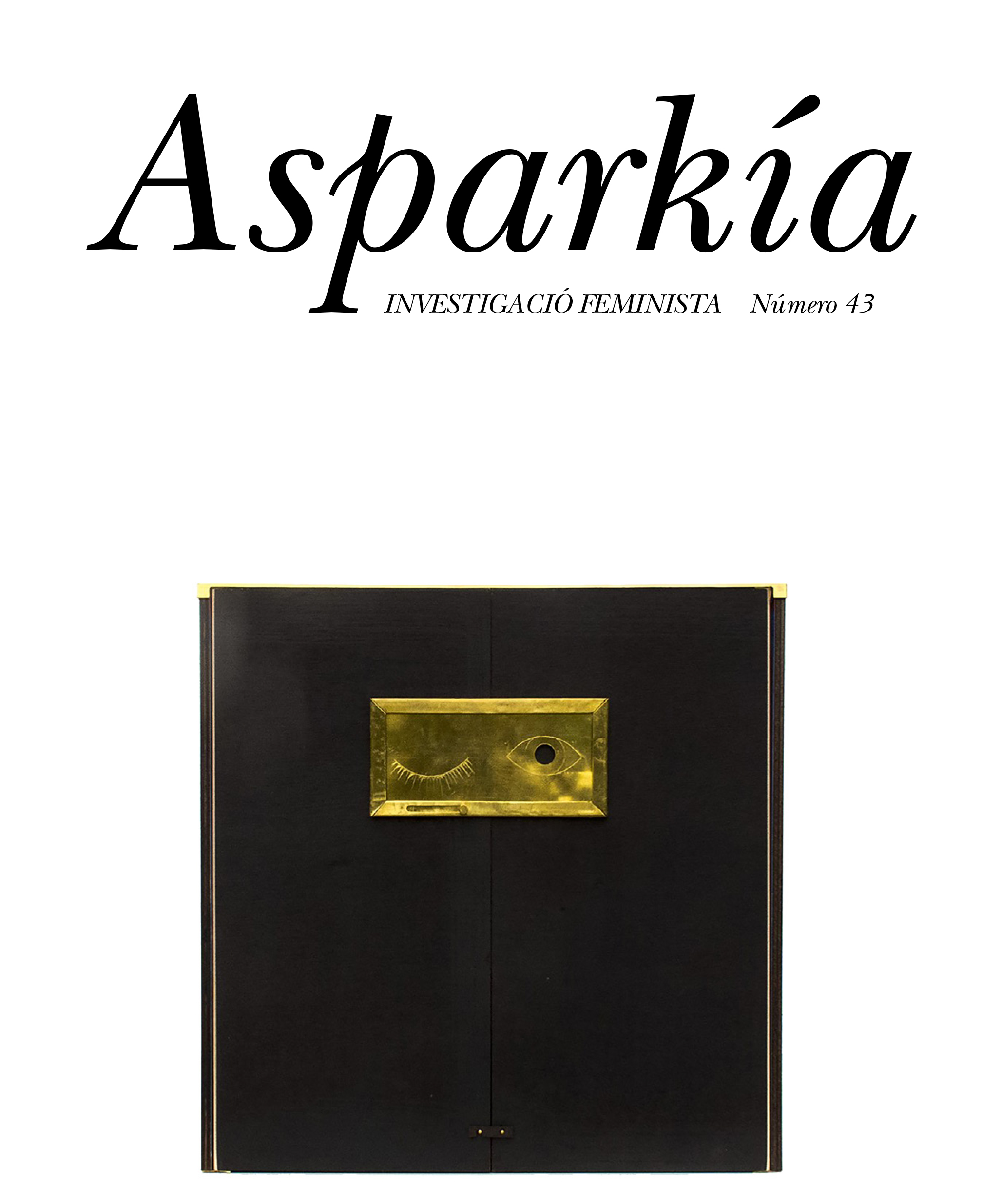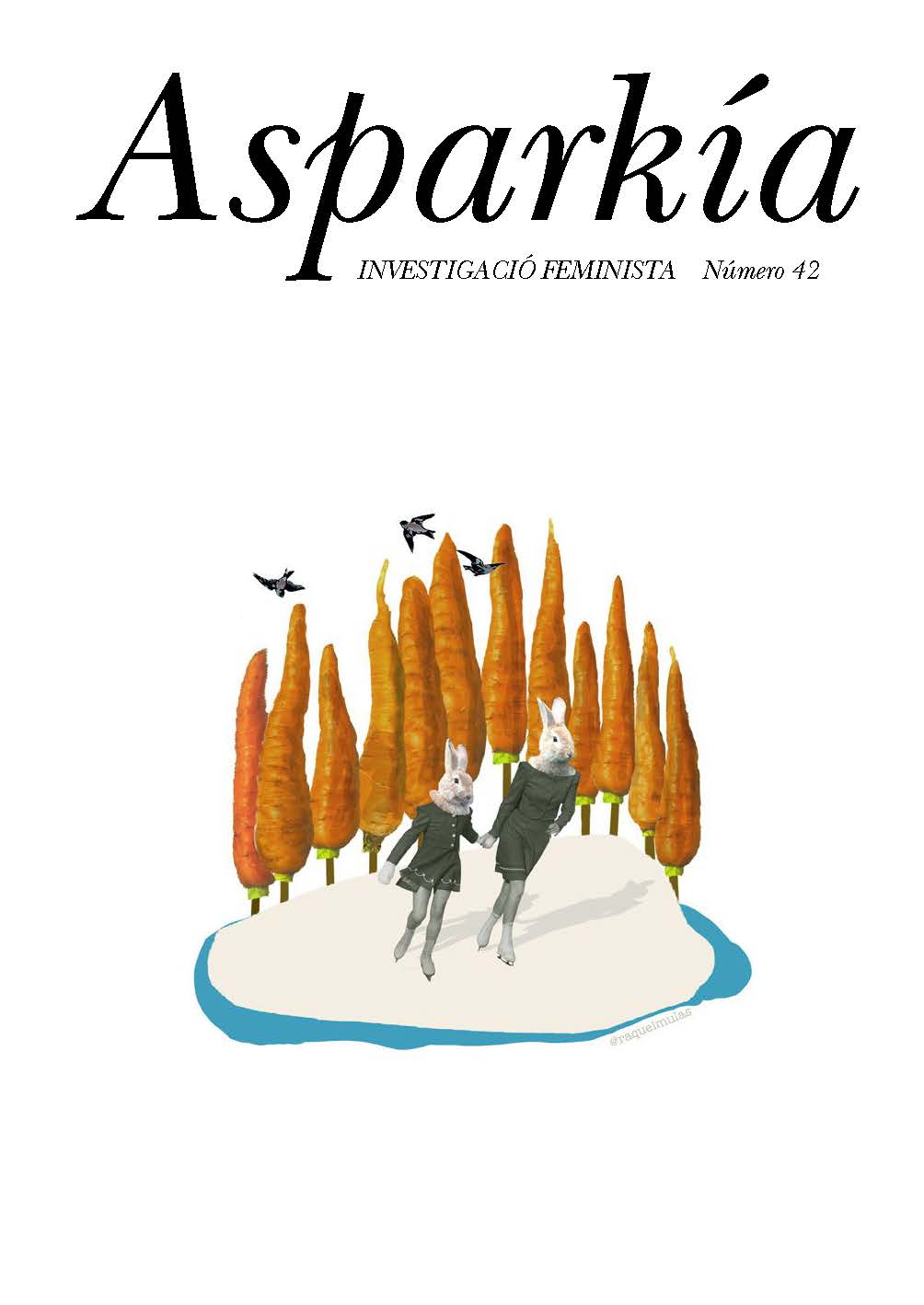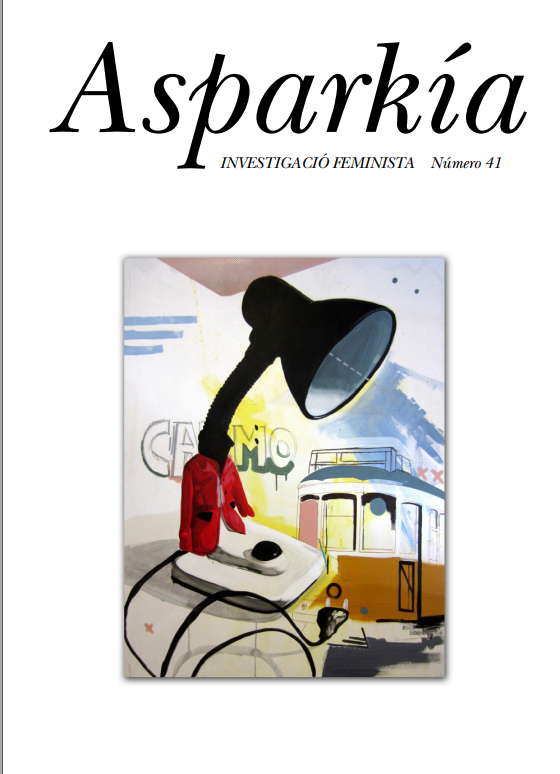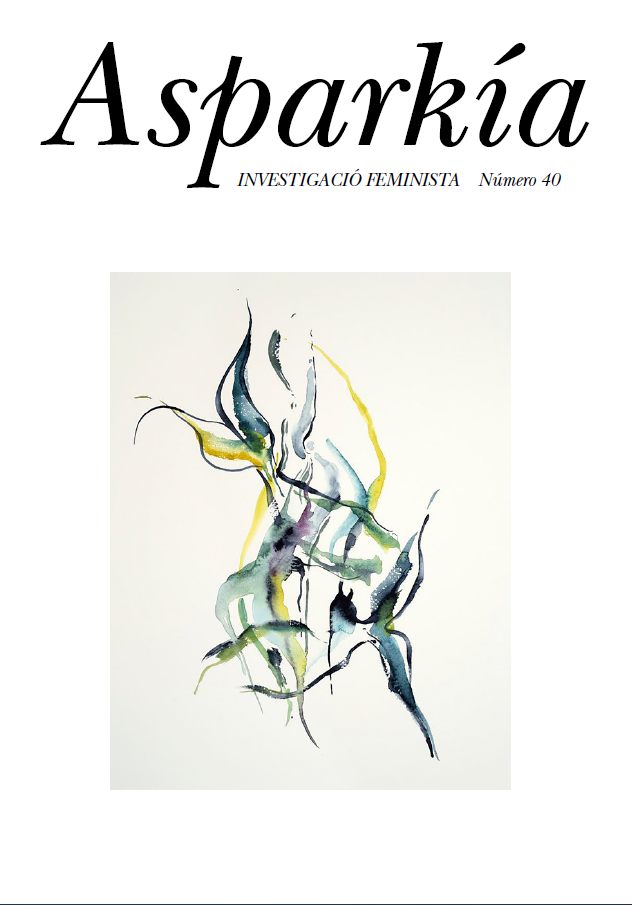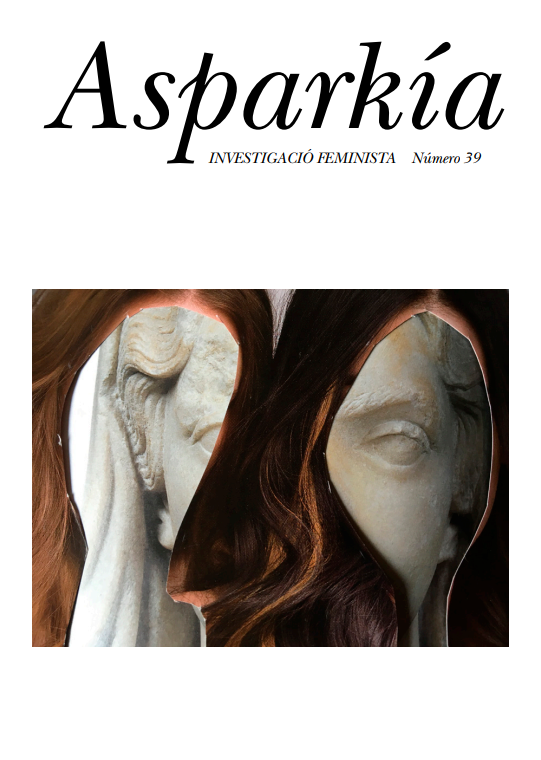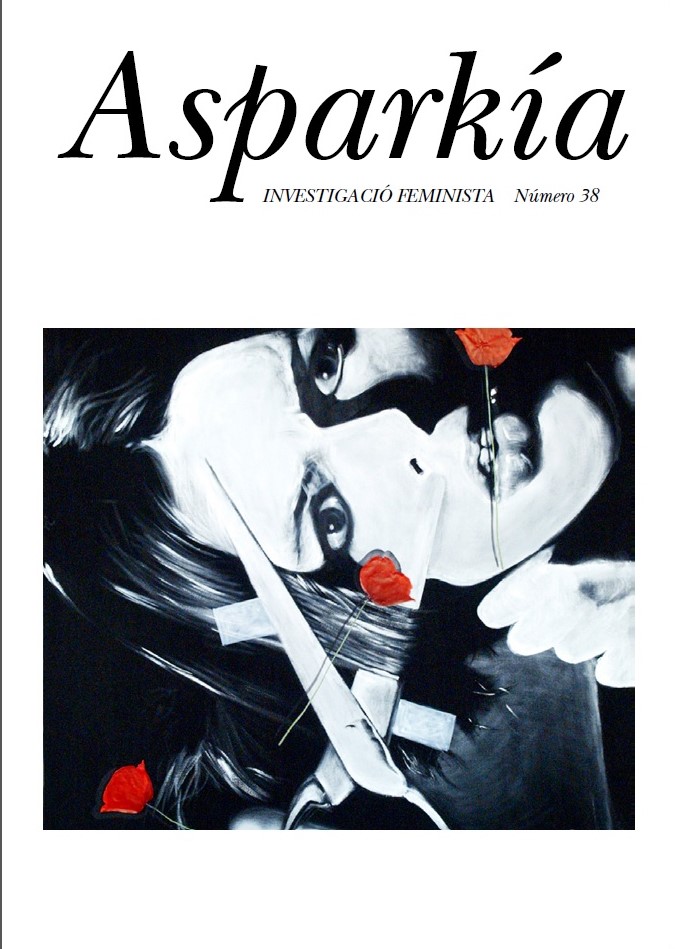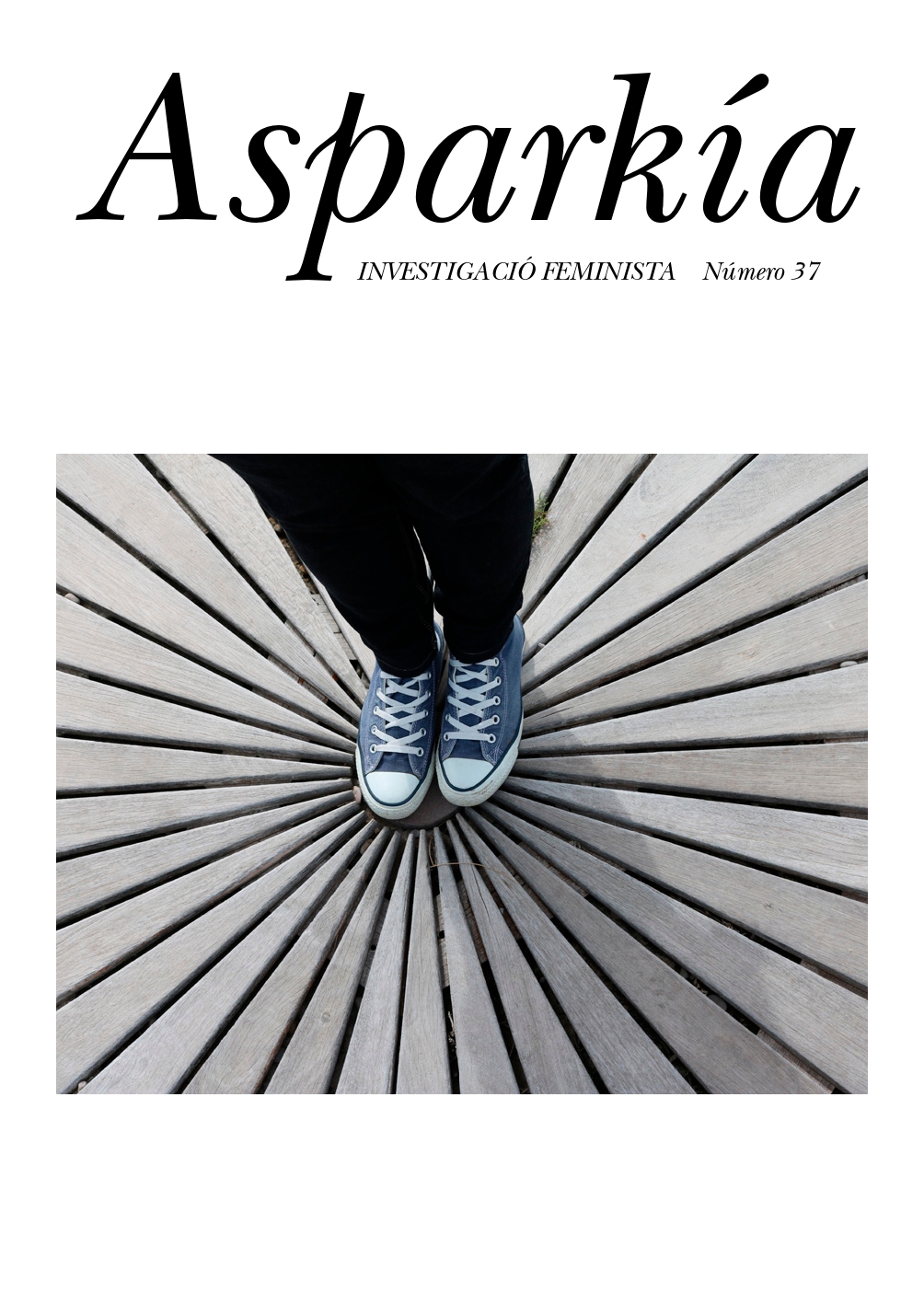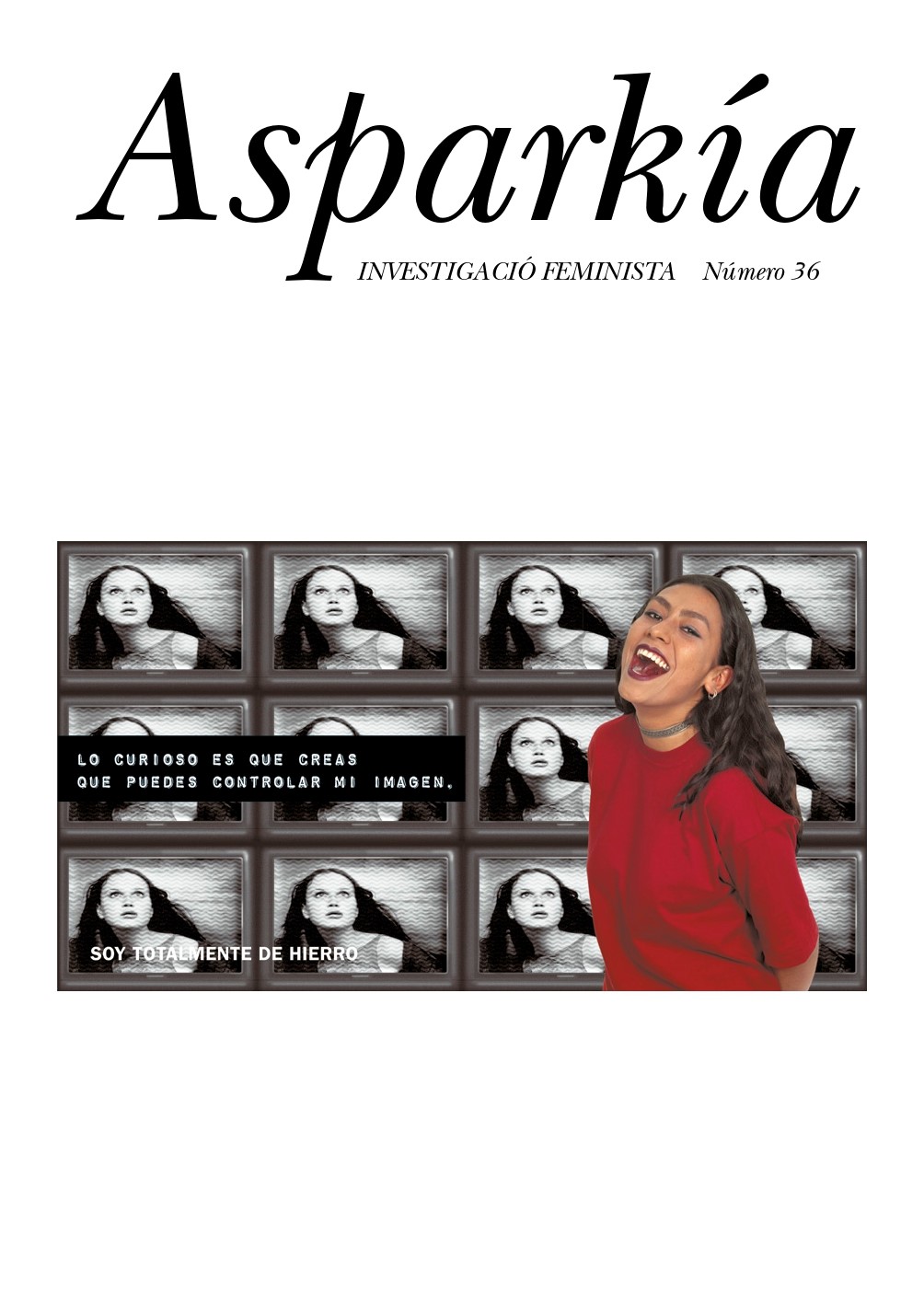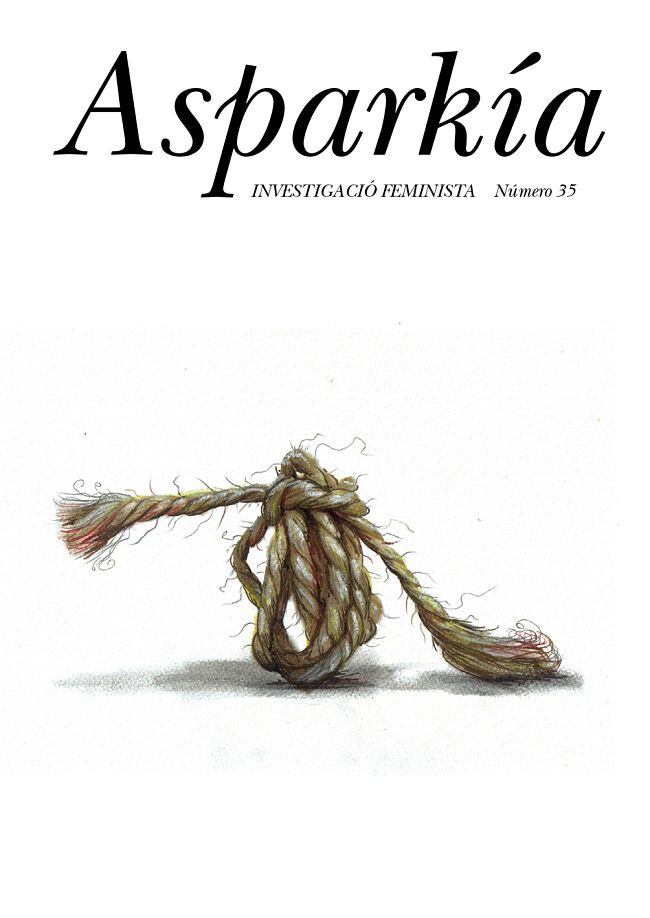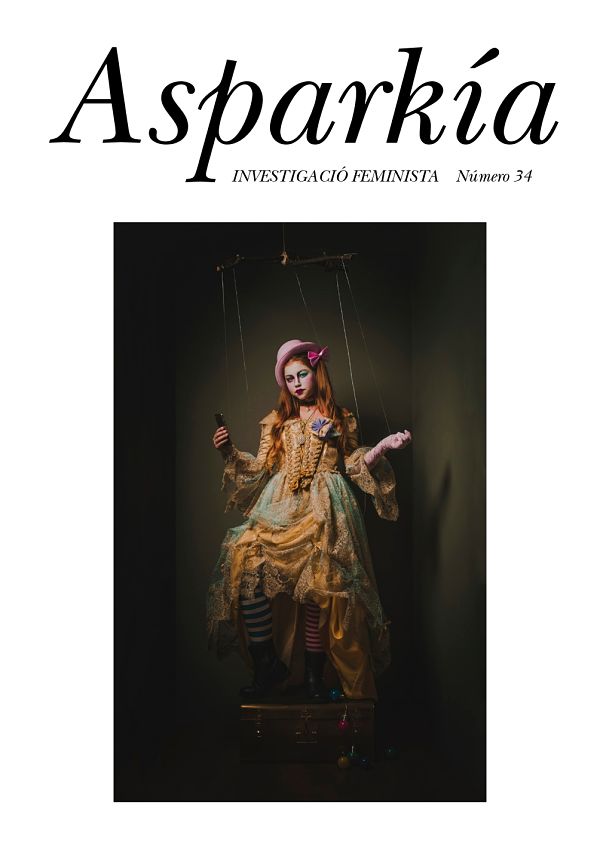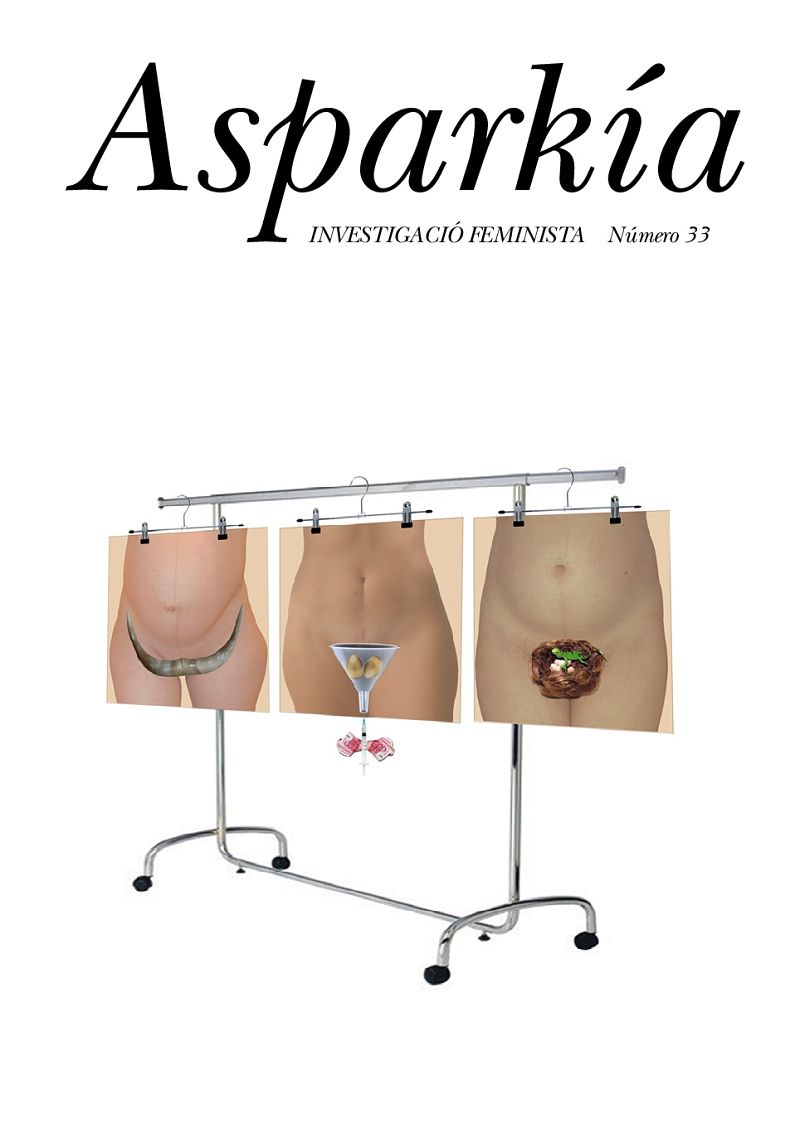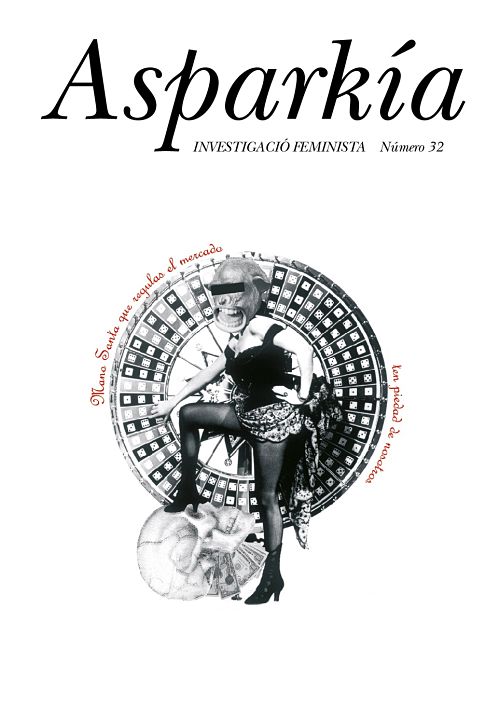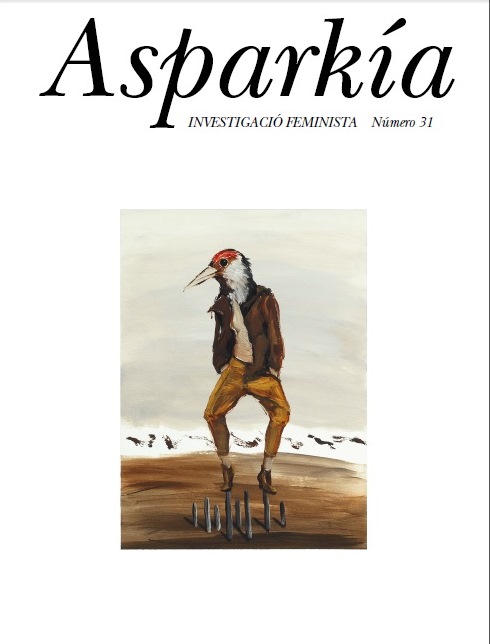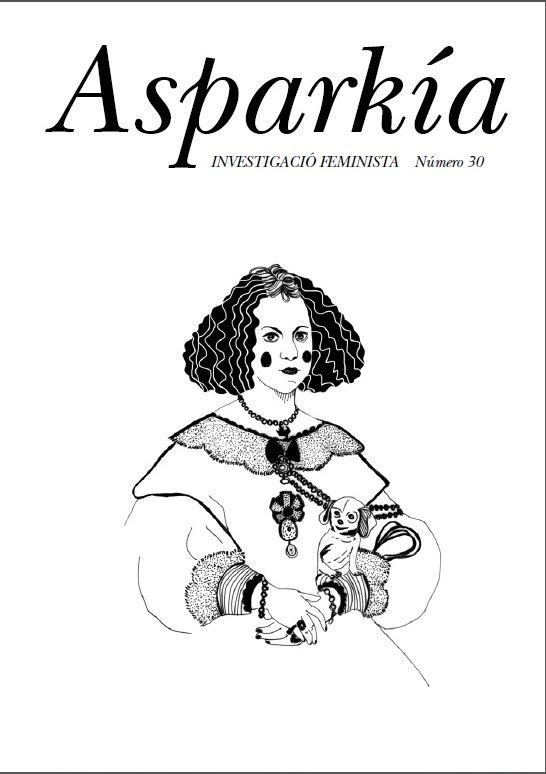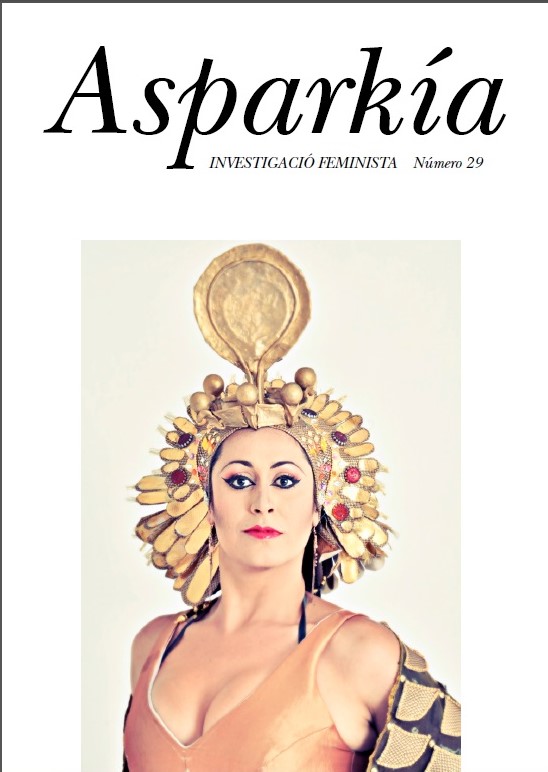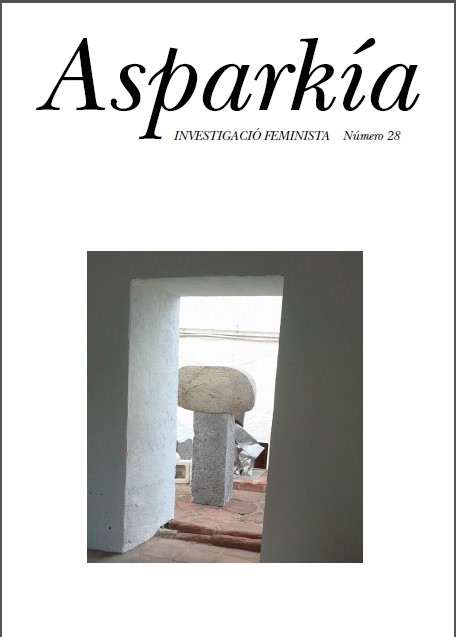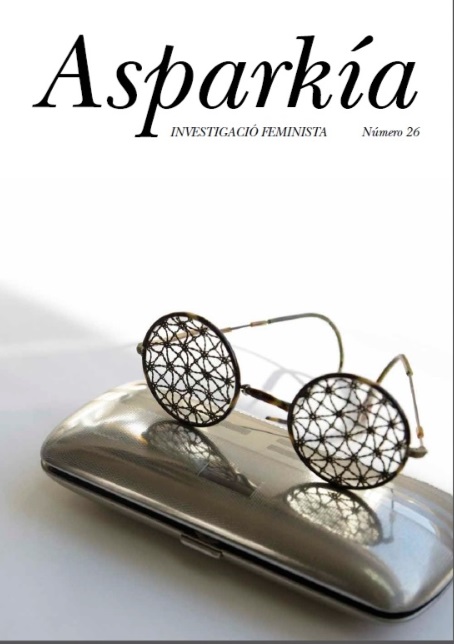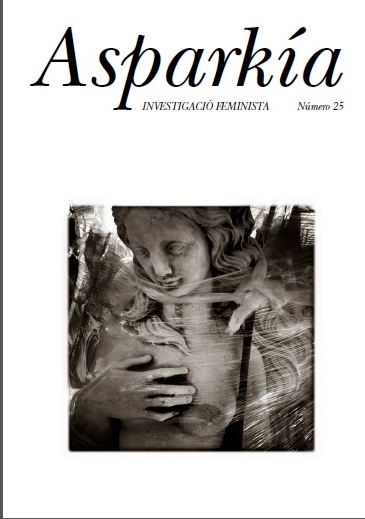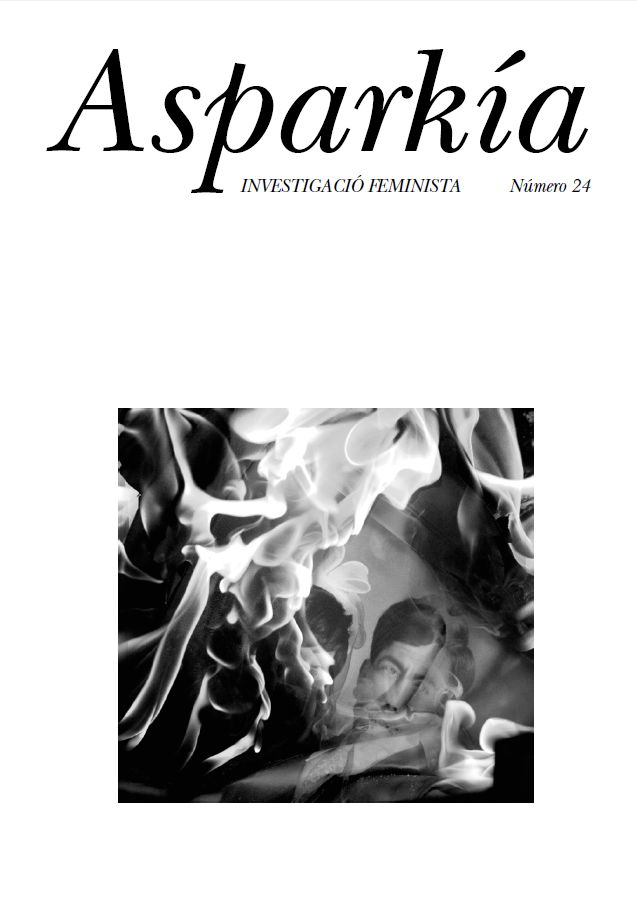Gender, digital art and digital literature
Vol. 46 (2025)
Kaleidoscopes of Intimacy. Gender and Autofiction
Vol. 45 (2024)
Feminist Melting Pots
No. 44 (2024)
Networks WITH Gender
No. 40 (2022)
Gender Figures and Archetypes in Ancient Greece
No. 39 (2021)
The aim is to go beyond the monolithic and immutable image of woman (and man) in Ancient Greece, since through history (from Homeric time to Hellenistic period) and according to specific territories, the situation of women and men changed as well as the feminine and masculine paradigms. A rich and plural approach to gender models, figures and archetypes in Ancient Greece will provide a more precise view about the different assignment of roles, status and power between women and men. Definitely, it will enable a better global
understanding of Greek ancient culture.
Women in the Labor World. Historical Perspectives from the Present
No. 38 (2021)
Gender history has developed significantly in Latin America in the las two decades. This has opened new perspectives in historical research. In some cases, new interpretations have been proposed for already established knowledge and, in other cases, a new field has been opened for historical exploration. The evolution and popularization of cultural history and the recently renewed impulse of social history are reasons to consider the necessity for a special issue dedicated to a reflection on women’s history and the labor world in Latin America.
Goddesses, Queens and other Professions. Portrait of the Egyptian Woman
No. 37 (2020)
Throughout the centuries, women have been one of the greatest forgotten figures in history, since for traditional historiography there were only kings, battles and gods. Nowadays, research tries to rescue the feminine figure from the different imposed pigeonholes and give the true value to its contribution
in our past, present and -with them- future.
The work that concerns us in the case of the woman of Ancient Egypt is to promote the necessary visualization to move away from the traditional roles of home and motherhood as unique and, always respecting these, expand them to realize the great variety of tasks that Egyptian women could perform, as well as the legislation that protected them. The medical-religious world was not an exception and we must recognize the work of these women in daily religiosity, both in the private and public spheres, both at home and at the state level. A feminist debate in the study of this daily reality of Egyptian women belonging to
different social groups will provide us a real, plural and updated portrait of these extraordinary women.
The Feminist Gaze before the Advertising Mirror
No. 36 (2020)
Advertising is not only an economic practice, it is also semiotic and ideological and conveys sexist discourses and iconography, helping to distribute discriminatory paradigms in the mass media according to the socially accepted gender regulation. The advertising messages thus require an in-depth analysis that reveals how advertising rhetoric is based on sexist stereotypes and the ontological and social implications that this entails. In this way it is necessary to reflect on aspects such as the tyranny of beauty and its relationship with diseases such as anorexia, the reification and instrumentalization of women as a one more ware, the fragmentation and fetishization of the female body, the glamorization of violence against the woman, the obsession with the woman-doll and the woman-corpse, the hypersexualization of the models, the use of the adolescents in the seduction market, the masculine-feminine power relations that are conveyed; but also positive campaigns and artistic expressions of those that deconstruct and criticize sexist advertising. The debate on the advertising field from the feminist critique is essential, since the use and abuse of the media does not entail acquiring decoding capacity. Opening this debate, we intend to contribute to an advertisement where aesthetics does not forget ethics.



